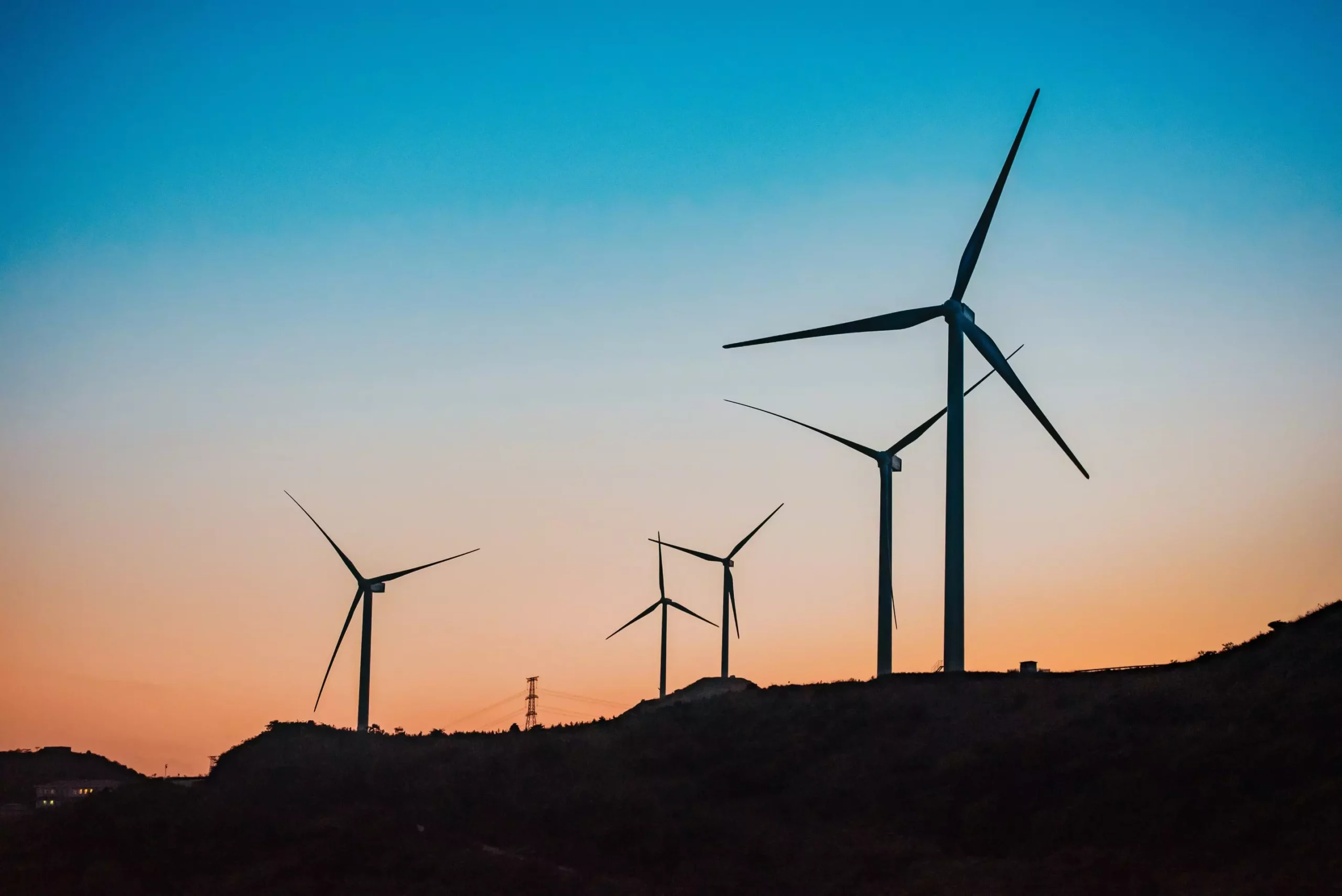The global shift towards renewable energy sources has become a topic of significant urgency in the face of climate change. Despite extensive advocacy and investments aimed at expanding renewable capacities, many countries remain heavily dependent on fossil fuels. This article examines the multifaceted challenges that hinder the transition, highlighting international efforts and proposing solutions rooted in cooperative community engagement.
At the core of the renewable energy dilemma is not the capability to produce clean energy, but rather the complexities involved in integrating it into existing power grids. For nations like Australia, a major obstacle lies in the need for extensive transmission infrastructure. With thousands of kilometers required to link rural renewable energy sources to urban centers, the debate around planning, environmental implications, and local opposition has stalled advancements.
Moreover, the issue of energy storage cannot be overlooked. Renewable energy systems, particularly solar and wind, are intermittent by nature. To ensure reliability, large-scale energy storage solutions are needed alongside reserves derived from gas or other flexible power sources. This intricate balancing act demands the attention of policymakers, who often find themselves overwhelmed by the competing interests of different stakeholders, from environmentalists to local communities.
When we turn to Europe and the United States, we find that the challenges faced are not unique to Australia. The International Energy Agency’s data reveals that constructing new grid infrastructure takes years, and even decades, in many cases. In response to such delays, the European Union has developed legislative measures aimed at expediting the clean energy transition by prioritizing renewable energy projects in planning approvals. This legislative shift underscores a fundamental principle: the urgent need to transition to clean energy must take precedence over other competing interests.
Germany has made notable strides as well, implementing streamlined regulatory processes and providing financial incentives for local communities willing to engage in renewable energy initiatives. However, the opportunistic pace raises concerns regarding community acceptance, which was palpably demonstrated in the recent European elections where backlash from local populations resulted in a political shift, sidelining environmental parties.
Conversely, the United States has taken a different route with its Inflation Reduction Act, which offers significant financial incentives without asserting stricter regulations. This fiscal strategy has proven effective in fostering clean energy investments. Yet, the U.S. also grapples with infrastructure expansion challenges; comprehensive federal programs merging multiple approval processes aim to facilitate the necessary transmission network growth.
Australia stands at a crossroads, seeking to learn from the prominent examples set by these international players. While the government’s Future Made in Australia policy package echoes the U.S. green stimulus model, it has thus far operated on a smaller scale, limiting its impact. In this context, Australia’s energy transition reflects a cautious approach as it navigates the complex landscape of community engagement and planning requirements.
One potential avenue for overcoming existing barriers is through fostering local green manufacturing opportunities. By creating jobs and enhancing stakeholders’ sense of investment in renewable projects, the transition can gain broader community support, ensuring sustainable advancement. The recent development of Victoria’s Transmission Investment Framework illustrates progress in community engagement, placing emphasis on local voices early in project discussions.
Examining China’s approach to clean energy provides a stark contrast. With substantial investments in renewable technologies, China has made significant strides in lowering emissions ahead of its outlined targets. The swift development of solar and wind capacities has propelled the nation into a formidable position in the green technology market. However, the cost of rapid implementation often comes at the expense of local communities, freedoms, and environmental considerations.
While China’s model showcases the rapid potential for growth, it emphasizes the importance of governance and community trust—something that Western democracies must carefully manage as they seek to replicate such victories. In navigating the delicate balance of accelerating renewable energy deployments while securing public trust will be critical for nations on the cusp of energy transformation.
The road ahead for clean energy adoption may be fraught with challenges, yet the integration of diverse strategies can lead to a more sustainable outcome. Balancing urgency with community engagement, financial incentives, and legislative reforms can collectively propel nations towards a future where fossil fuel reliance diminishes.
Ultimately, transitioning to green energy is not merely an environmental imperative; it is an opportunity to reframe societal priorities and cultivate a collaborative spirit among governments, communities, and industries. Embracing this multifaceted approach offers the potential to overcome the barriers that impede progress and realize the promise of a sustainable energy future.


Leave a Reply